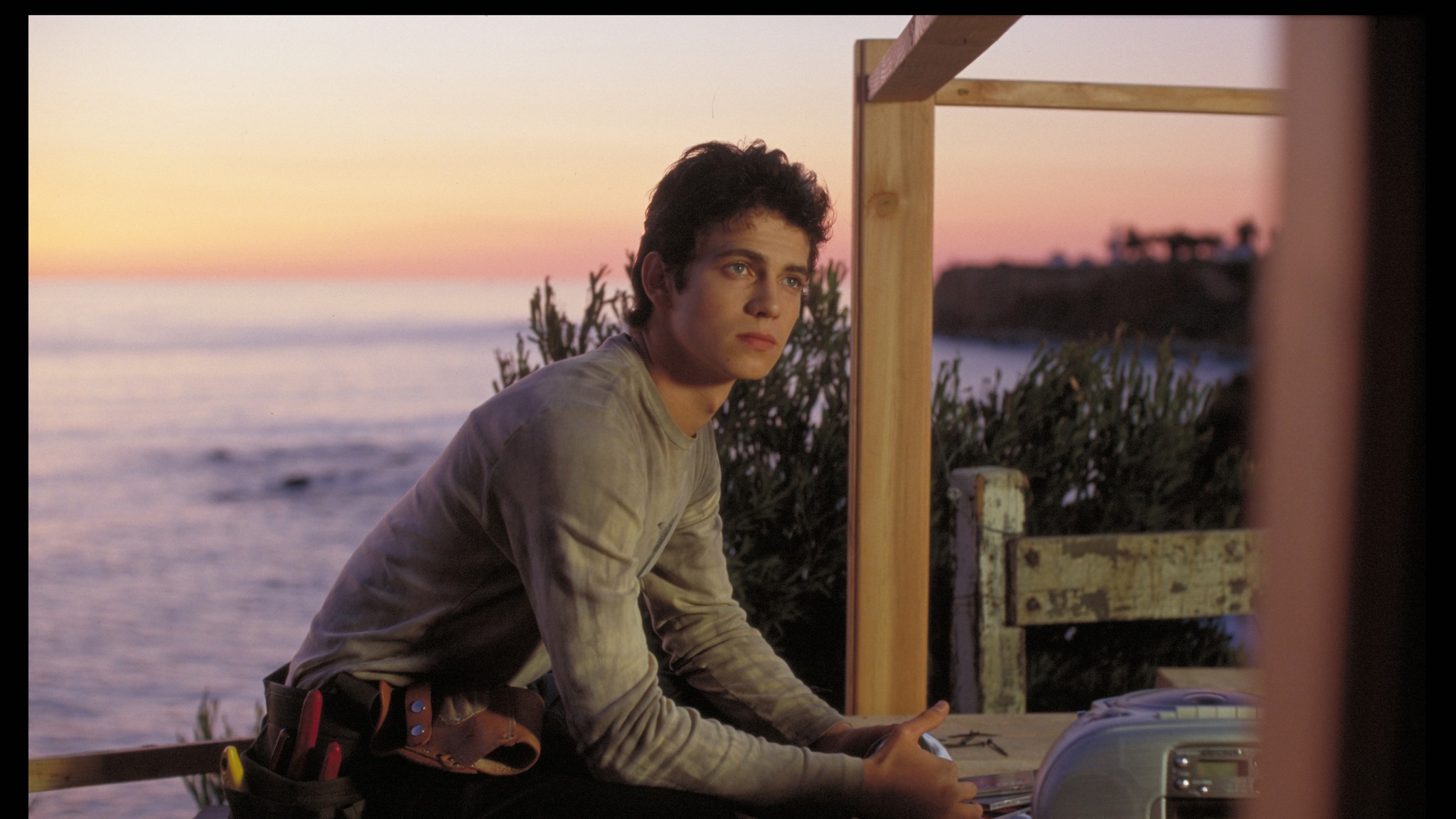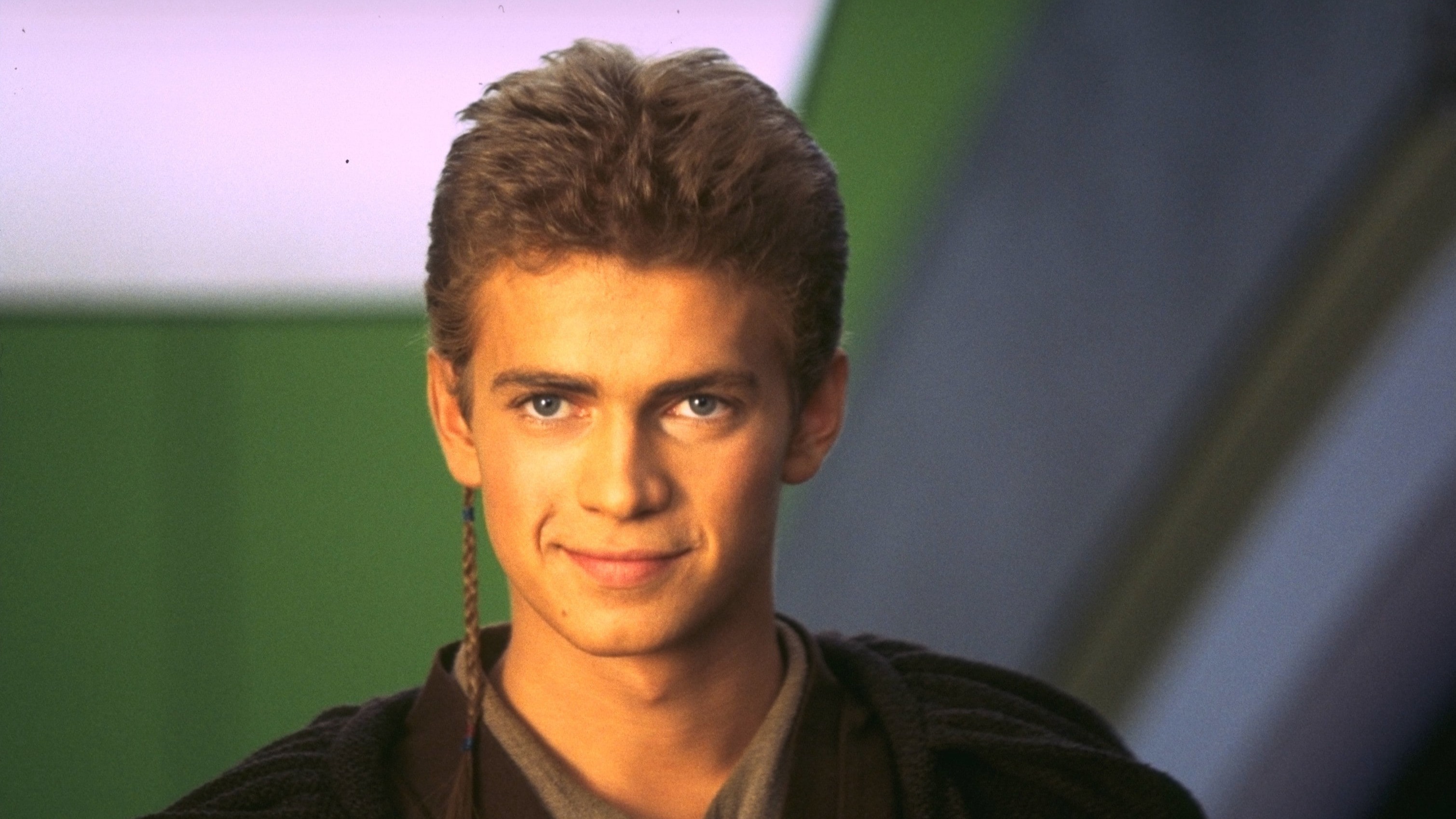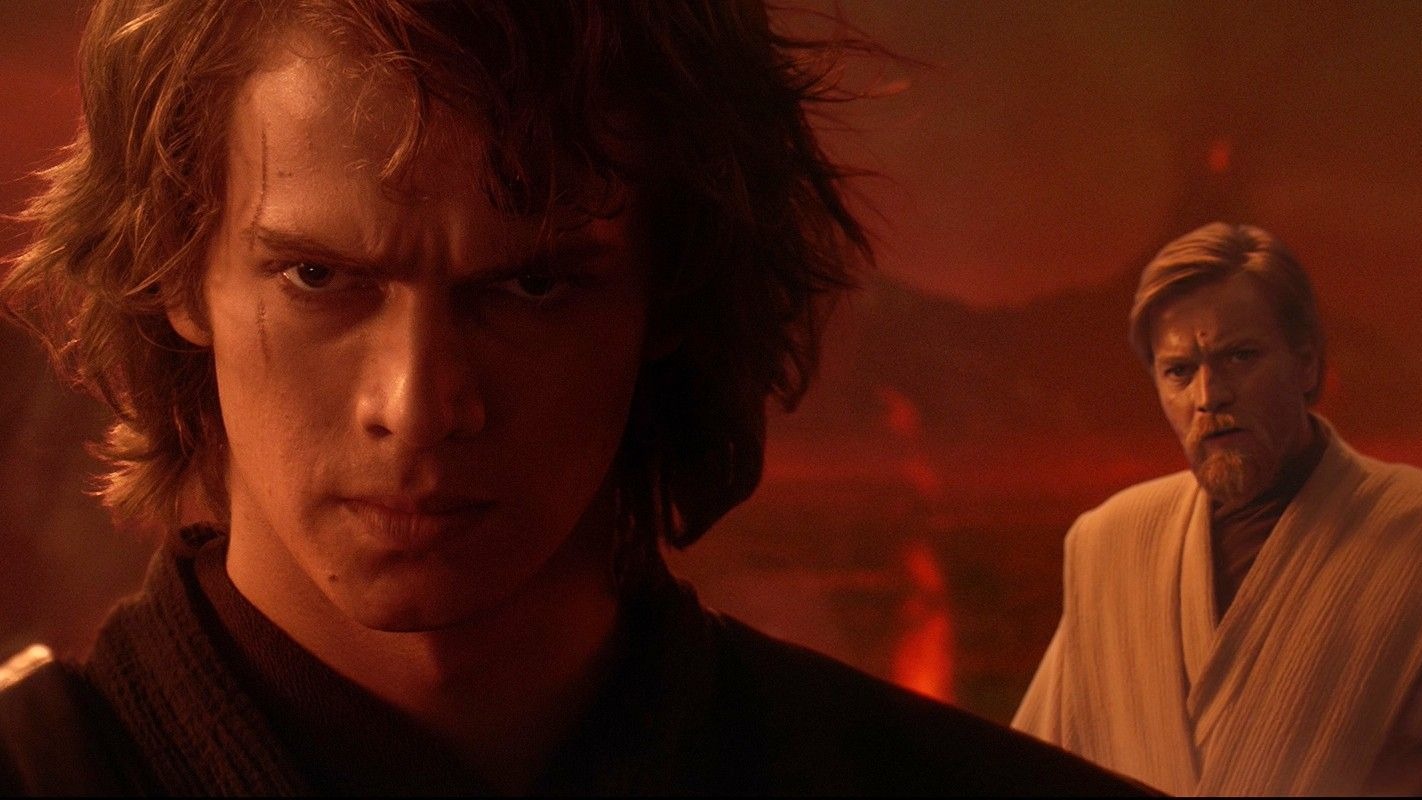Was Hayden Christensen really that bad as Anakin in the Star Wars prequels?

I’m going to say it: I like the Star Wars prequels.
Granted, my opinion is surely warped by my proximity in age to George Lucas’ CGI-filled adventures, and yes, the series' original movies are objectively superior feats of filmmaking. But that doesn’t make the franchise’s turn-of-the-millennium entries any less enjoyable.
Revenge of the Sith is, obviously, the best of the three, though Attack of the Clones boasts some pretty great set-pieces, too – Geonosis! Kamino! – that ensure it remains streets ahead of The Phantom Menace when it comes to my fondest memories of the iconic franchise.
But the latter two movies stick in the mind for another reason – a toe-curling, braid-wearing, sand-hating reason by the name of Anakin Skywalker, played by Hayden Christensen.
In light of his return to the Star Wars universe in Obi-Wan Kenobi on Disney Plus, we ask the question: was Hayden Christensen really that bad as Anakin?
The chosen one
For starters, it’s worth drawing attention to Christensen’s career prior to his appearance in Attack of the Clones.
The Vancouver-born actor made his debut at just 12 years old on a Canadian TV series, Family Passions, which led to minor roles in movies throughout the late ‘90s, the most notable being Sofia Coppola’s The Virgin Suicides.
Sign up for breaking news, reviews, opinion, top tech deals, and more.
Christensen’s breakout role came in 2000, when he starred in the Fox show Higher Ground as a teen who turns to drugs after being sexually molested by his stepmother. The following year, he would appear again as a misunderstood teenager (you see the pattern?) in Irvin Winkler’s Life as a House, which earned him Golden Globe and SAG Award nominations.

Prior to the release of the latter, it was announced that Christensen would be starring as an adult Anakin Skywalker in Star Wars Episodes 2 and 3, following an audition process that saw casting director Robin Gurland sift through more than 1,500 candidates.
According to a 2002 profile on Gurland, she said of the young actor at the time: "When Hayden came for his first meeting, I opened the door, and I just suddenly became flushed, because I knew. I sat him down and looked at him through the camera, and all of a sudden, I could feel goosebumps.”
"For Anakin, the role is so innate, the actor has to connect with it,” Gurland is quoted as saying, “but by the end of [the interview], I just knew that Anakin had walked in the door.”
All in the eyes
In fairness, Christensen’s selection over 1,499 other prospective Anakins has little bearing on whether he proved himself a talented performer in that casting call.
The role of the ill-fated Jedi – whether Lucas intended this to be the case or not – was an innately physical one. The director himself is alleged to have approved Christensen’s casting because he "needed an actor who [had] that presence of the Dark Side.” In all likelihood, the young Canadian probably just had the right moody eyes for the job.

But irrespective of his now much-maligned, stilted line delivery and the character's general whininess in both Episodes 2 and 3 (though in the former, particularly), there’s still something to be said for Christensen’s physicality, which contributes to Revenge of the Sith’s most powerful moments.
For instance, when Anakin first sees Padmé again after crash-landing on Coruscant, the mannerisms in Christensen’s face betray his character’s excitement, anxiety and fear at hearing the news of his wife’s pregnancy in a genuinely convincing manner – before being undermined entirely by the film’s god-awful dialogue, that is.
The same is true of Padmé’s arrival on Mustafar with Obi-Wan, when Christensen’s body language paints a far more impactful picture of Anakin’s confusion, anger and loss of control than any corny line he’s subsequently forced to deliver.
Anakin is a lost boy, a naïve prodigy exploited by a power he doesn’t fully understand, and the entire Mustafar sequence – right up until Obi-Wan gets the high ground – is the best showcase of Christensen’s ability to portray him as such. Sure, his moody eyes help a lot in that regard, but Christensen doesn’t get the credit he deserves for being a genuinely impressive emotional performer.

It’s only when Anakin opens his mouth that things take a turn for the meme-worthy – and that isn’t really Christensen’s fault.
Oh, George...
Let’s not beat about the bush: George Lucas’ direction of the prequels was not great. There were way too many long shots, some downright terrible post-production editing decisions and an obvious over-reliance on CGI.
The Hollywood legend is undoubtedly a great ideas man, responsible for creating the most successful fictional universe in the history of cinema and a phenomenal film in A New Hope, but a lot of what we love about Star Wars comes from his collaborators. The Empire Strikes Back – the highlight of the original trilogy – was directed by someone else (Irvin Kershner).
The biggest crimes perpetrated against the prequel movies, though, were their scripts. No actor involved in any of the three episodes escaped being tarred with Lucas’ cringe-worthy dialogue, but Hayden Christensen was the biggest victim of them all, subject to now-infamous lines like “I don’t like sand,” “Don’t make me kill you” and “No… no it’s because I’m so in love with you.”
I put it to you: how was Christensen supposed to deliver those lines with any conviction?
In the heat of the moment, experiencing extreme rage, would anyone really say, "well, from my point of view the Jedi are evil!" What is this, a debate? Daniel-Day Lewis isn’t making that sound any better, I can tell you. Honestly, Christensen would’ve been better served just shouting “AAAAAR” at Obi-Wan – that would’ve saved him from years of internet heat.
Ewan McGregor’s lines weren’t much better, but being the more established actor at the time meant less criticism was hurled his way. Think about it: rather than his performance being damned to the depths of Hollywood hell, McGregor’s quotes have instead become embedded into the pop culture lexicon – “I have the high ground,” “Hello there!” etc. Why is that?
Christensen was the fall guy for everything that was bad about the prequels. After Revenge of the Sith, he went on to star in a handful of perfectly acceptable films, but never landed another big-budget leading role like Anakin.
It was a fate that also befell his predecessor, the young Anakin played by Jake Lloyd, and to a lesser extent many other Star Wars stars. While Harrison Ford ascended to icon status, how many other films can you name starring Mark “Luke Skywalker” Hamill in a leading role? Or Carrie “Princess Leia” Fisher?

Personally, I’d love to see Hayden Christensen enjoy a career renaissance, emerging from the ashes of a much-denigrated franchise by climbing up the indie ladder and reminding the industry why he chose the profession in the first place. Hell, Matthew McConaughey defied the end of a withering romantic comedy career by popping up and winning an Oscar.
I think Christensen’s got it in him to stick it to the naysayers. Because maybe – just maybe – he isn’t as bad an actor as everyone made out.
This article was originally published in August 2021.

Axel is TechRadar's Phones Editor, reporting on everything from the latest Apple developments to newest AI breakthroughs as part of the site's Mobile Computing vertical. Having previously written for publications including Esquire and FourFourTwo, Axel is well-versed in the applications of technology beyond the desktop, and his coverage extends from general reporting and analysis to in-depth interviews and opinion.
Axel studied for a degree in English Literature at the University of Warwick before joining TechRadar in 2020, where he earned an NCTJ qualification as part of the company’s inaugural digital training scheme.